
I recently bought a CD of the 2016 Grammy Nominees. It has 21 tracks on it and is a good cross section of the most well known of the popular groups in various categories.
We thought it would be interesting to see how each selection measured up in light of "loudness wars" and other problems that have resulted in over-compressed music.
The results confirm for me the benefit of having some standards that would be required, much like the LUFS standards for broadcast. I personally like -1.0 dB for the maximum true peak level because that can be handled by just about any equipment existing today.
The LUFS or LKFS number is a little trickier but if we do straight transfers from the huge library of vinyl masters which were mostly done to a level of -18 dB, we have a place to start. If we push that to -16 dB to account for more modern equipment, we know that we can have superb sound quality and dynamic range at that level. We can also have the entire vinyl catalog without having to change it. The broadcast standard is -23 dB LUFS, which is 7 db down from -16 dB.
Music itself has decreased in dynamic range in the past decade or two, but we still need to encourage more dynamic and realistic sounding music. Music needs to breathe and I don't need to remind you how tiring it is to listen to much of modern music.
Even though a tune could fit into a dynamic range of 2.1 dB as one of the nominees does, (Pedestrian At Best- Guy Davie) it would be better for everyone if the engineers and musicians would be encouraged to make less fatiguing music.
If we assume an LKFS of -16 dB and a true peak level of -1 dB, then the LKFS to true peak delta is 15 dB.
This is about what all the music on vinyl has been for 60 years. This is true for any style of music and maintaining that ball park would be smart.
One particular job on this nominee list has a LKFS ~ true peak delta of 5.3 dB (Don't Wanna Fight- Bob Ludwig). And that one is a style that should be at 15 dB.
So that is one aspect of this entire discussion that is virtually never mentioned, but let's go over the other issues quickly, so we are on the same page.
The true peak level of a waveform is constrained by the fact that equipment in the digital to analog conversion can only do so much and is not designed to reproduce any signal above 0 dB. So that is why we want to keep everything in the below 0 dB world. It is really very simple. See the Mastering Audio Issues #16 for a perfect example of that.
Let's move on to the LKFS or LUFS number. Music is made up of a combination of sound waves which are basically sine waves of multiple frequencies. There is no such wave that looks like a view of Table Mountain.
But here it is in an example from the same Mastering Audio Issues #16, from Rollin' In The Deep.
At -16 dB LKFS, there is no need to squash anything, virtually any style of music will fit. As you increase the level to say -12 dB, most music will need to be squashed. How about at -8 dB?
A perfect example is seen in Mastering Audio Issues # 11. The original CD (Thriller) was a straight transfer of the vinyl master, a superb sounding recording at -17 dB. The 25th Anniversary version was a squashed and distorted version at - 8.1 dB LKFS. The original had great headroom and 0 clipped samples, the remastered version had a total of 114526 clipped samples. That's over one hundred and fourteen thousand to me and you.
The original Mastering Engineer was Bernie Grundman, the Mastering Engineer for the 25th version was Tom Coyne.
Here is a chart of the numbers for the 2016 Grammy Nominee CD.
Next we will arrange the chart by LKFS...
Next we will look at True Peak Levels...remember anything over 0 is unacceptable...
Just for fun, here is a list of the dynamic range of the songs, ranging from very bad to very good.
Dynamic Range is often a result of the music style, but there are connections to mastering.
Lastly, just for fun, the numbers of the difference between the LKFS and the true peak, just as a reminder that music is supposed to be dynamic. Remember, if an animal doesn't breathe, it is not alive.
As they appear on the CD...
Uptown Funk by Mark Ronson with Bruno Mars...
That is enough for one blog, hope that it was a learning experience. It was for me...
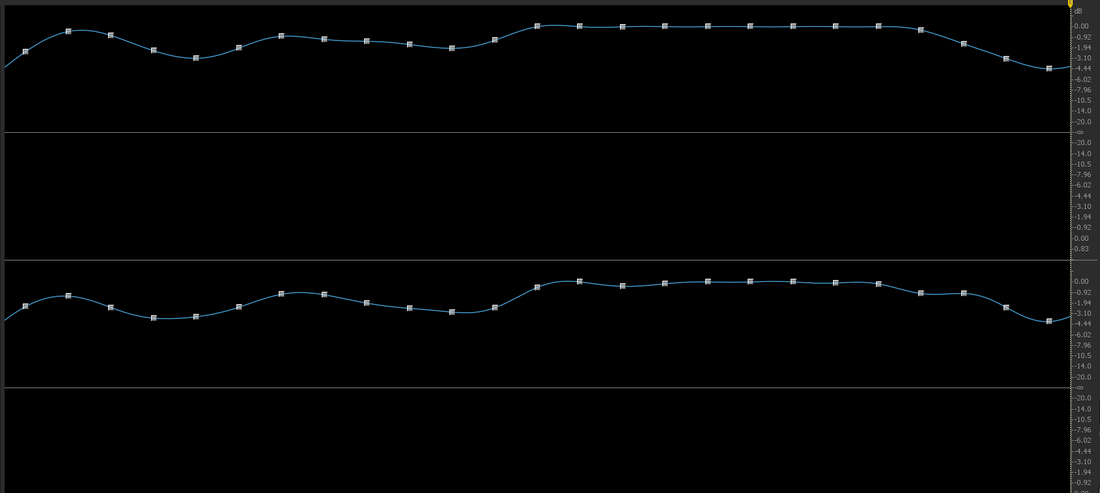
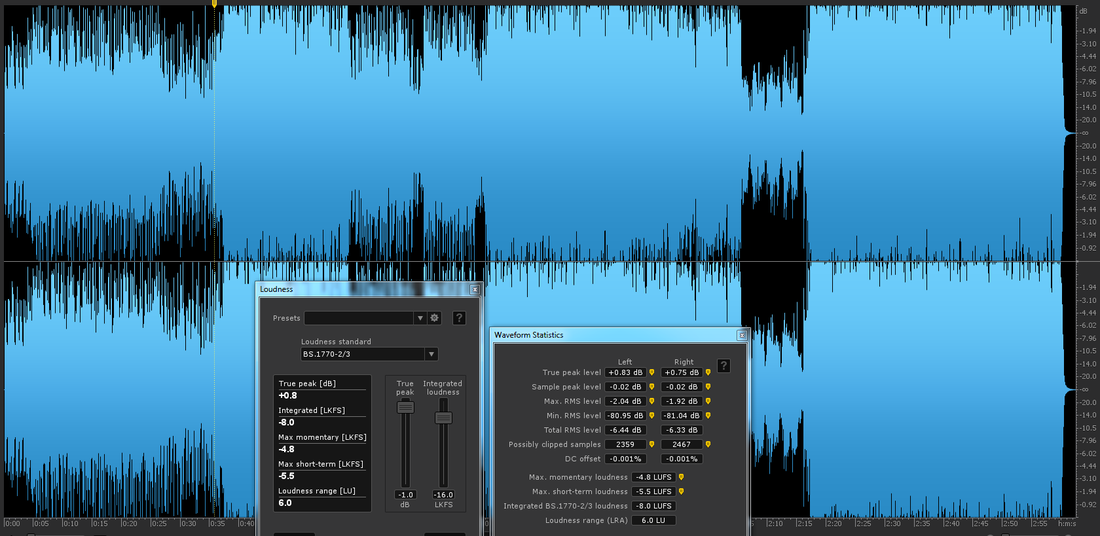
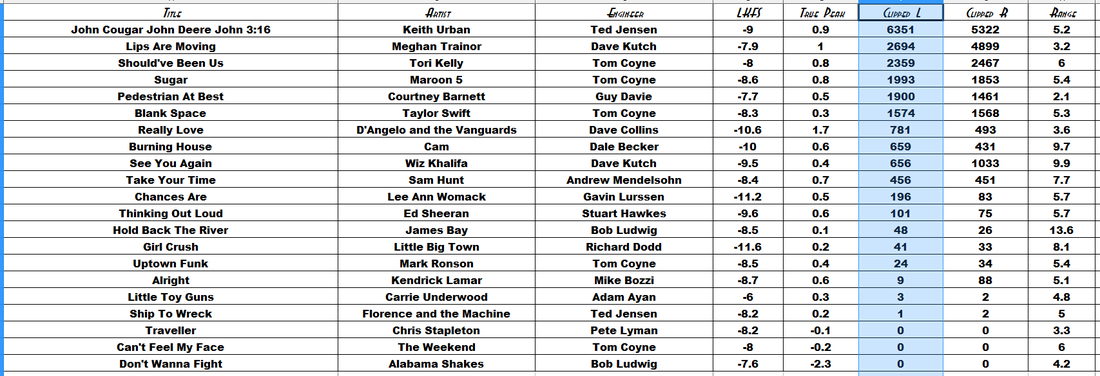

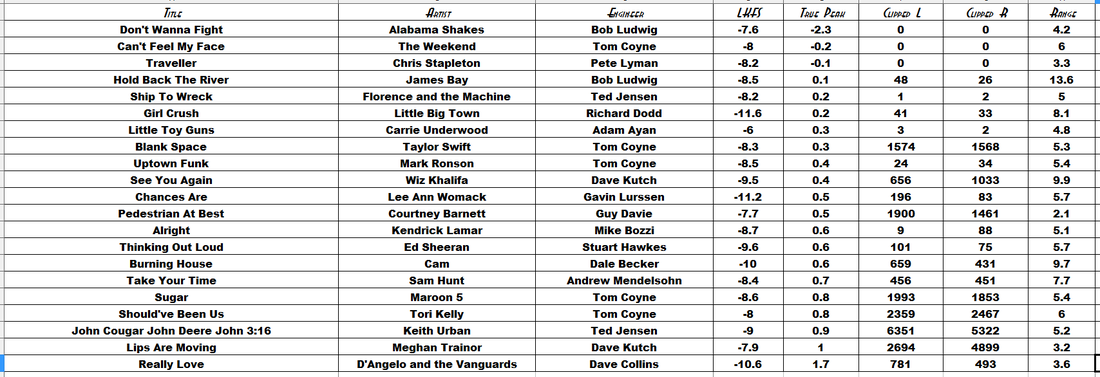
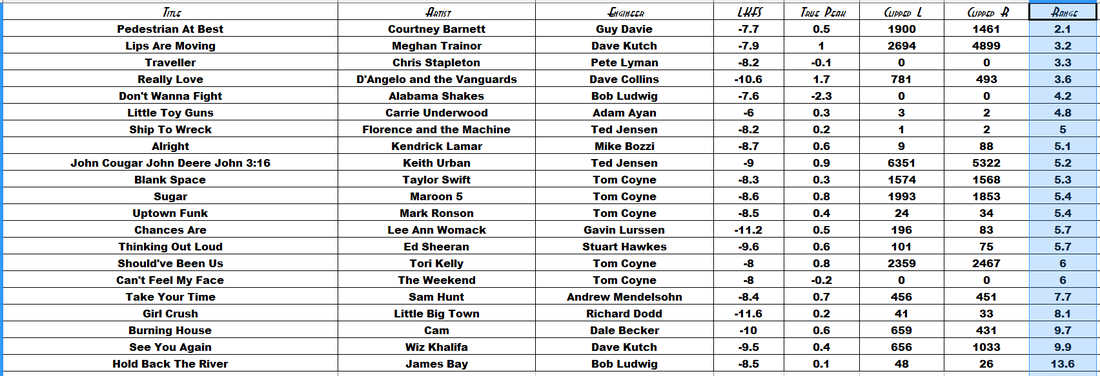

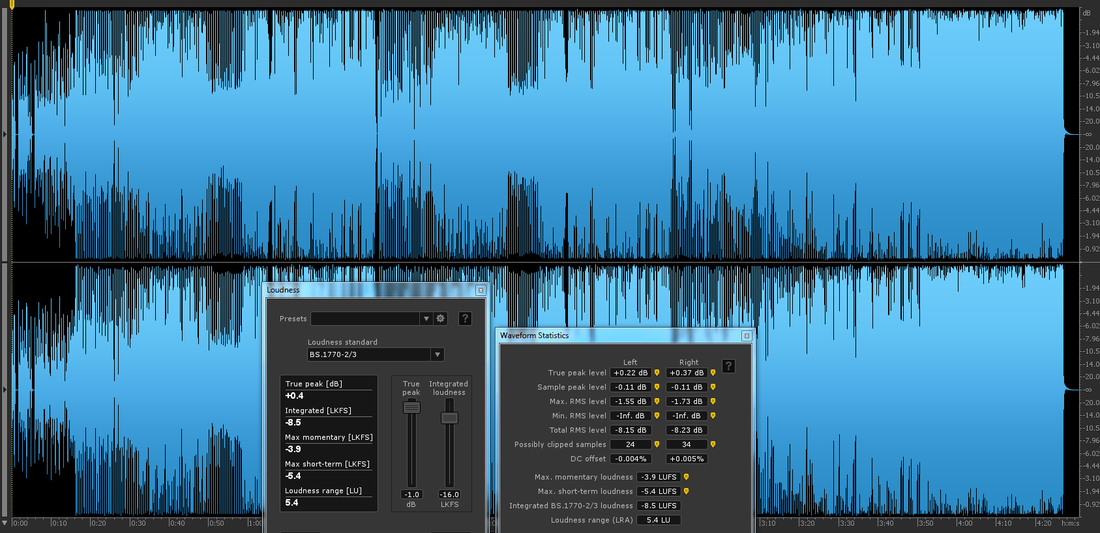

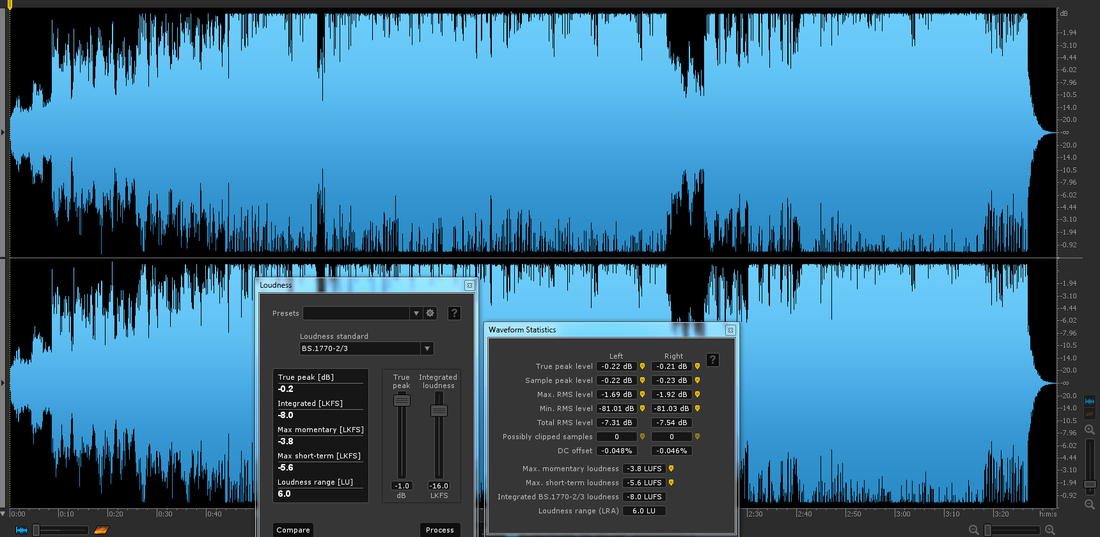
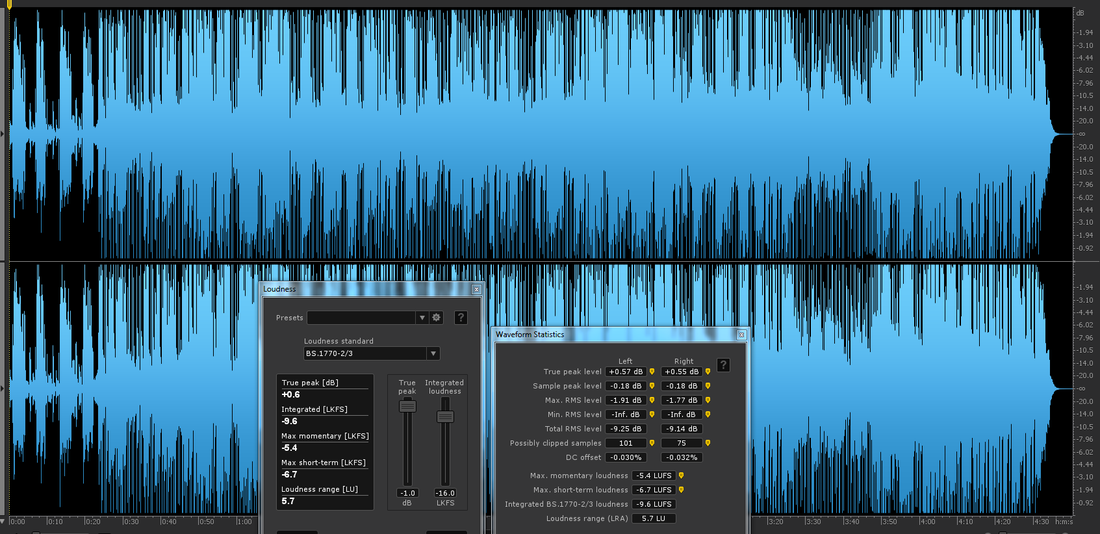
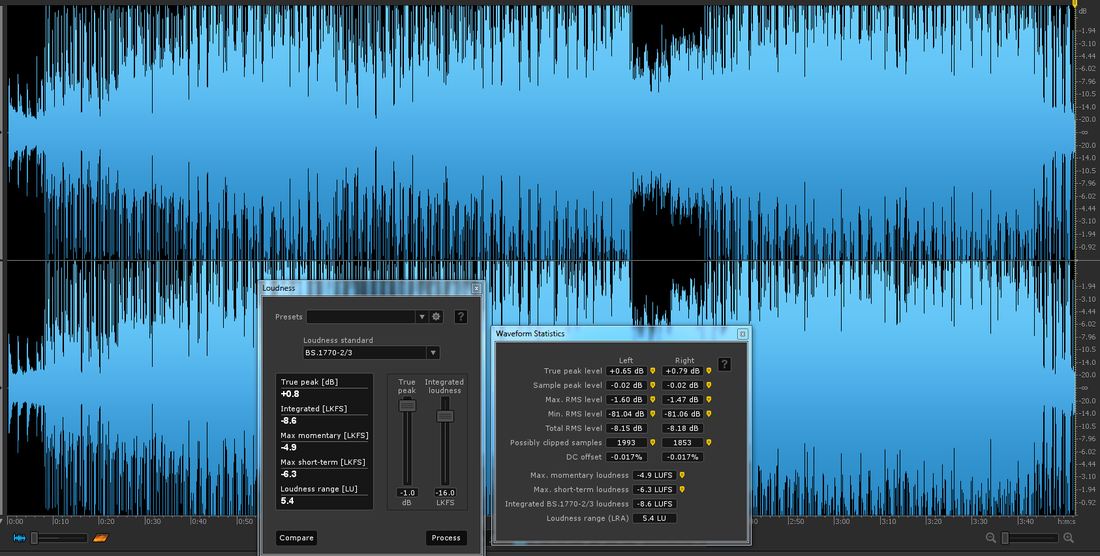
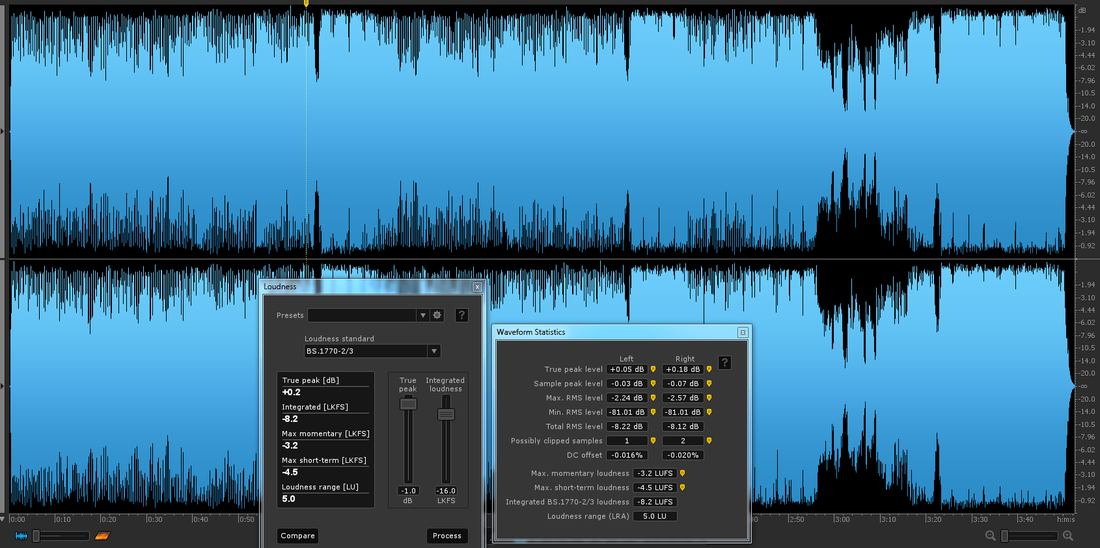
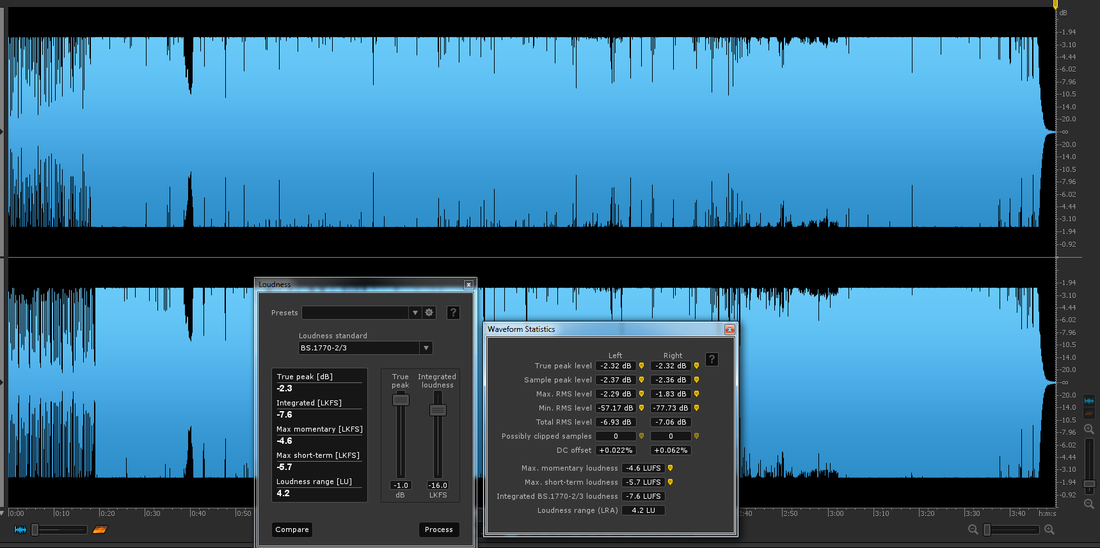
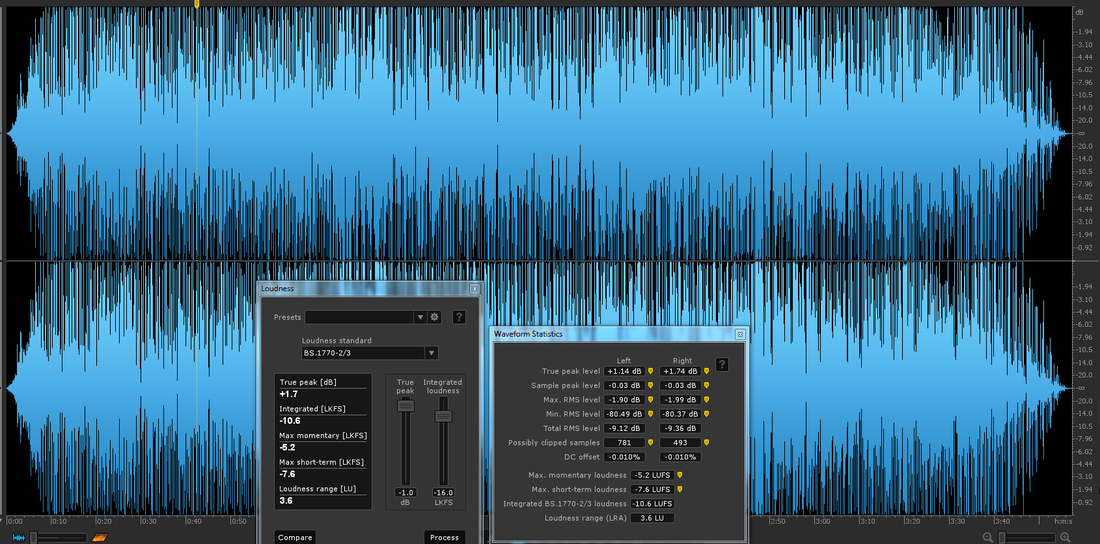
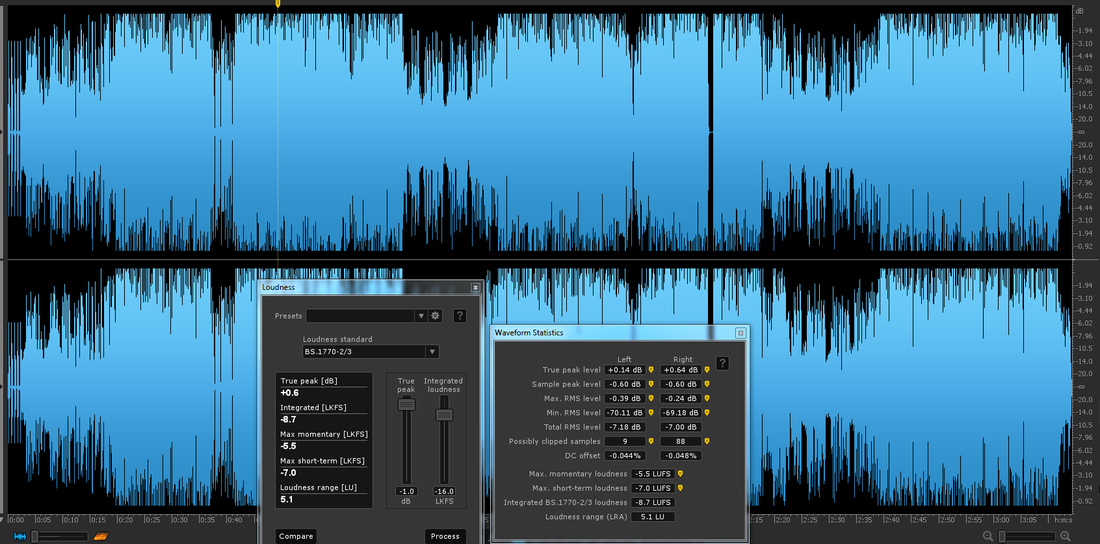
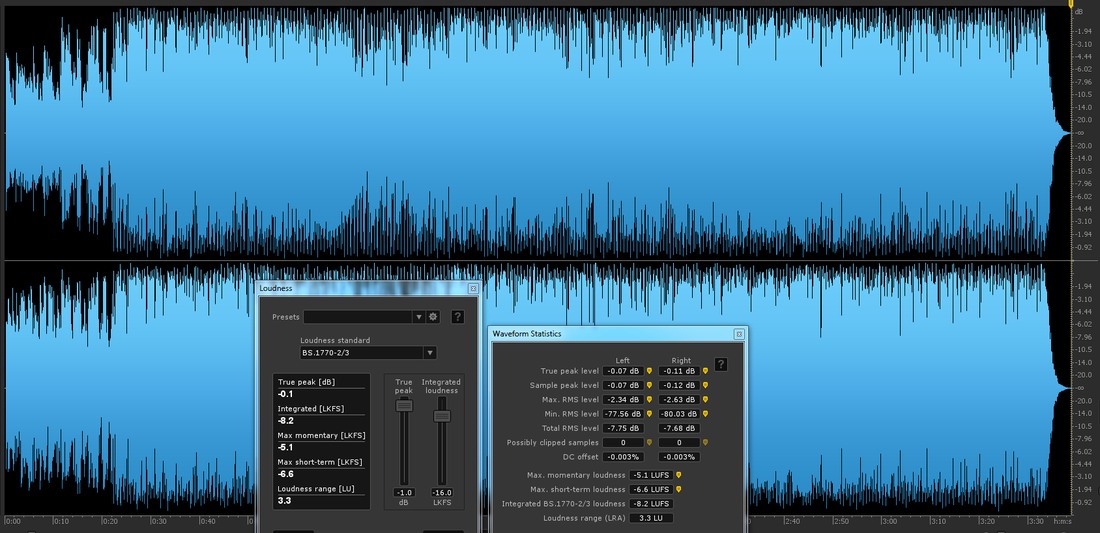
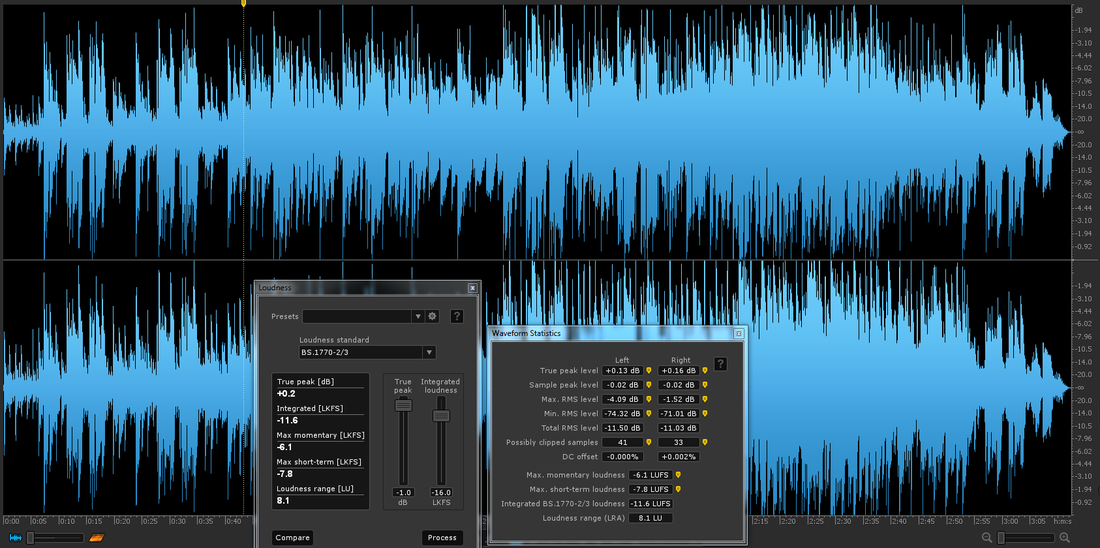
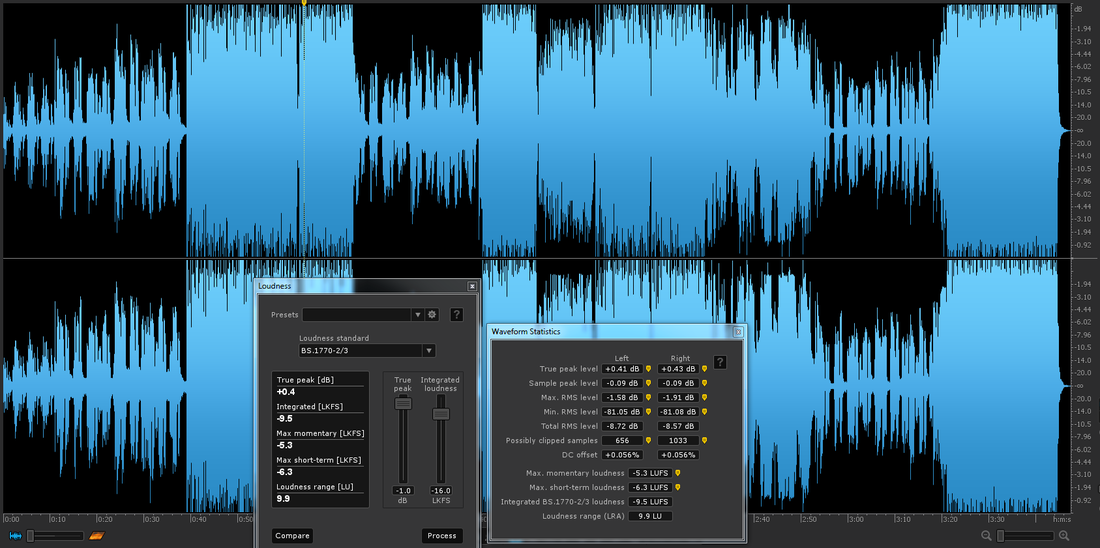


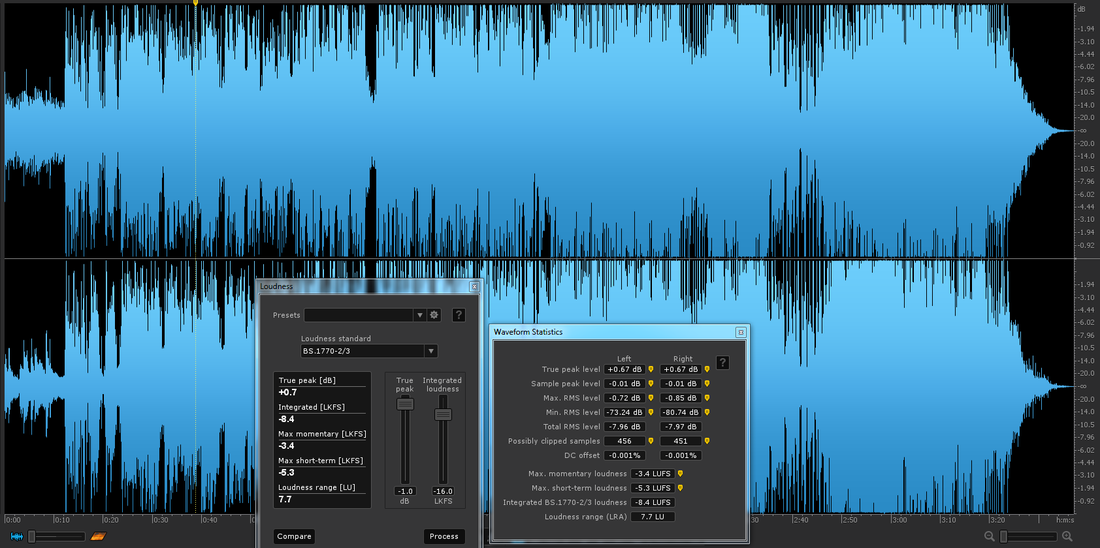
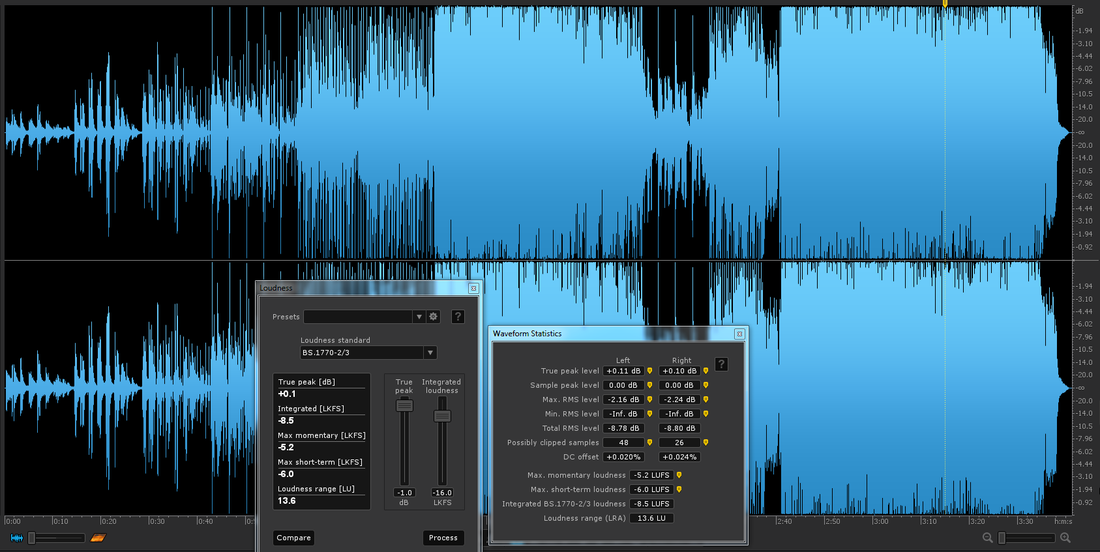
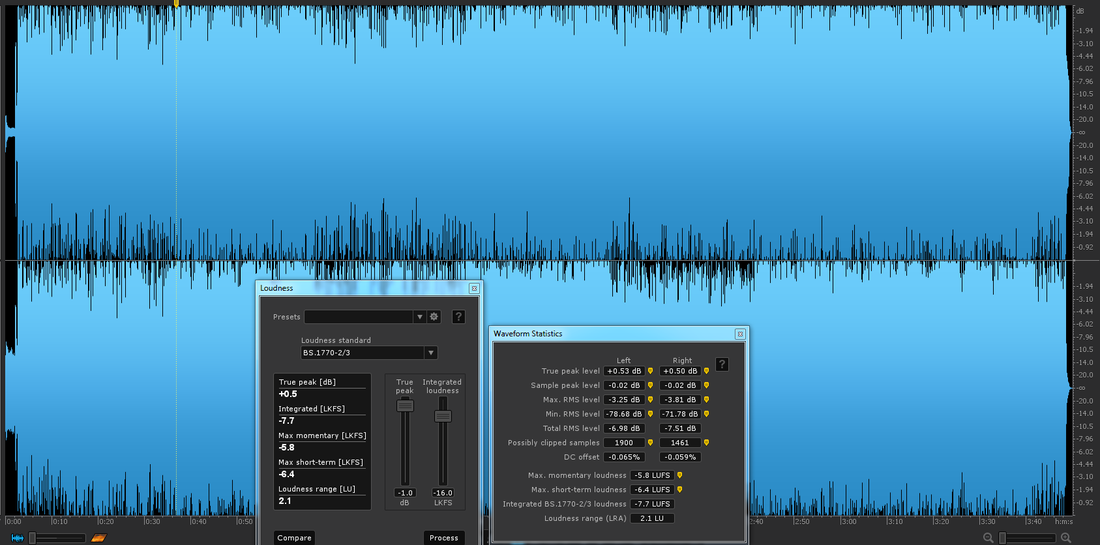
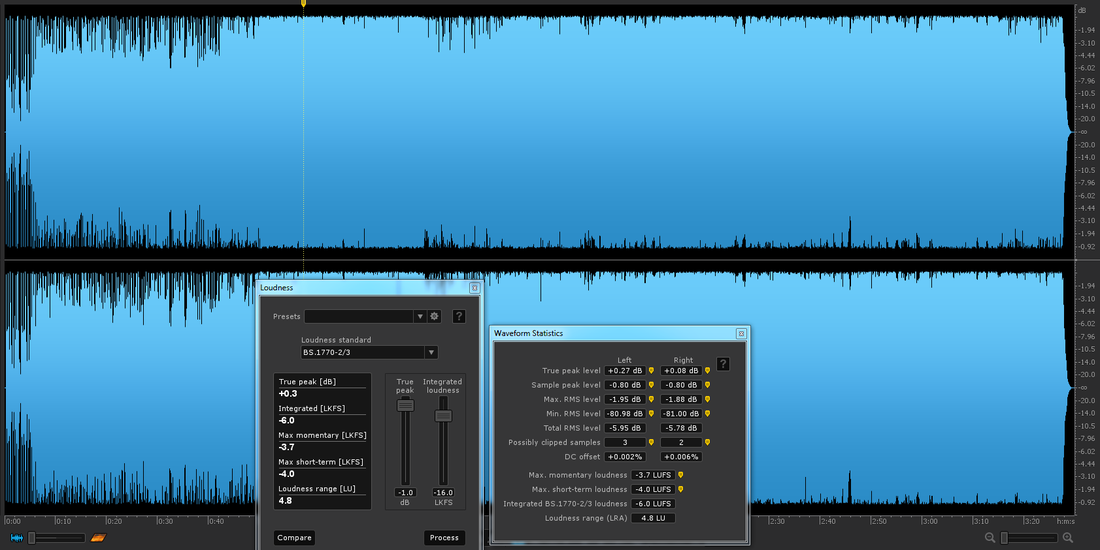
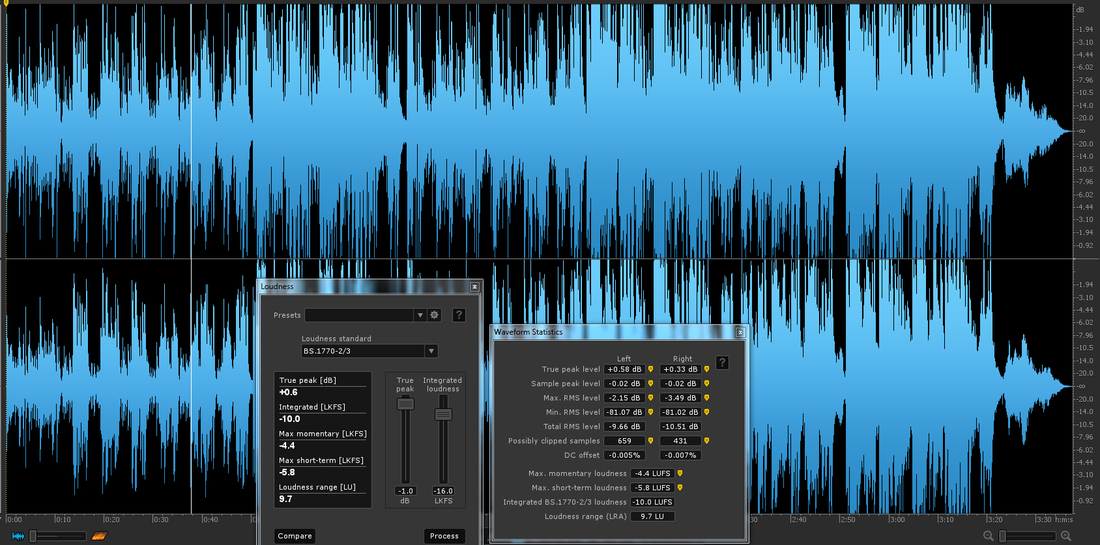
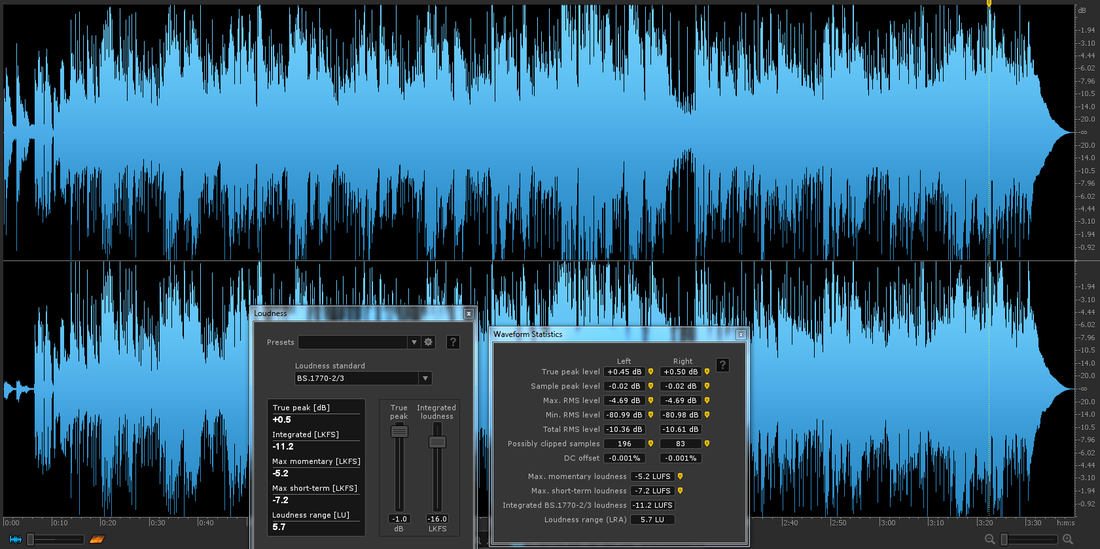
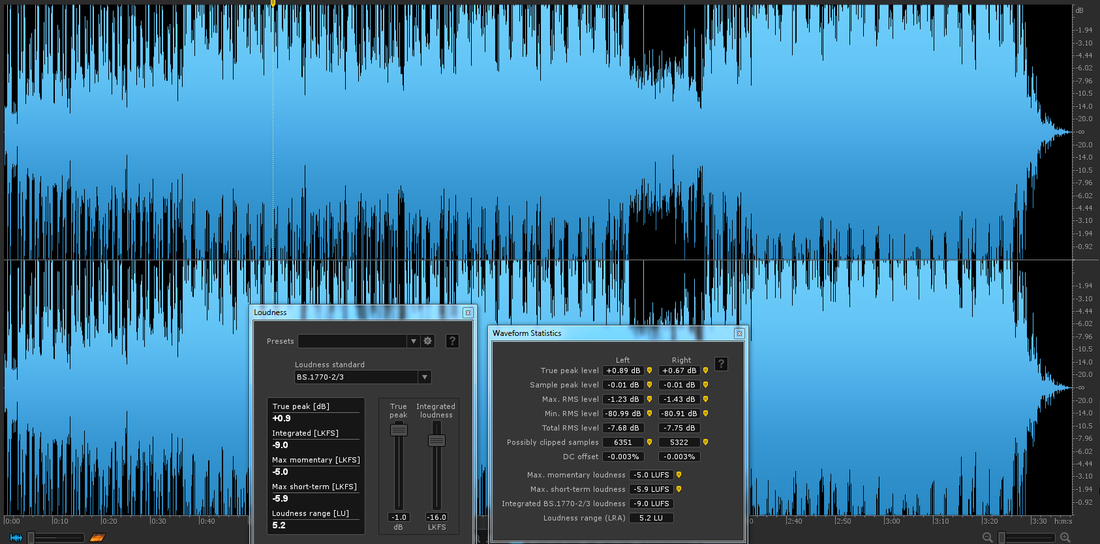
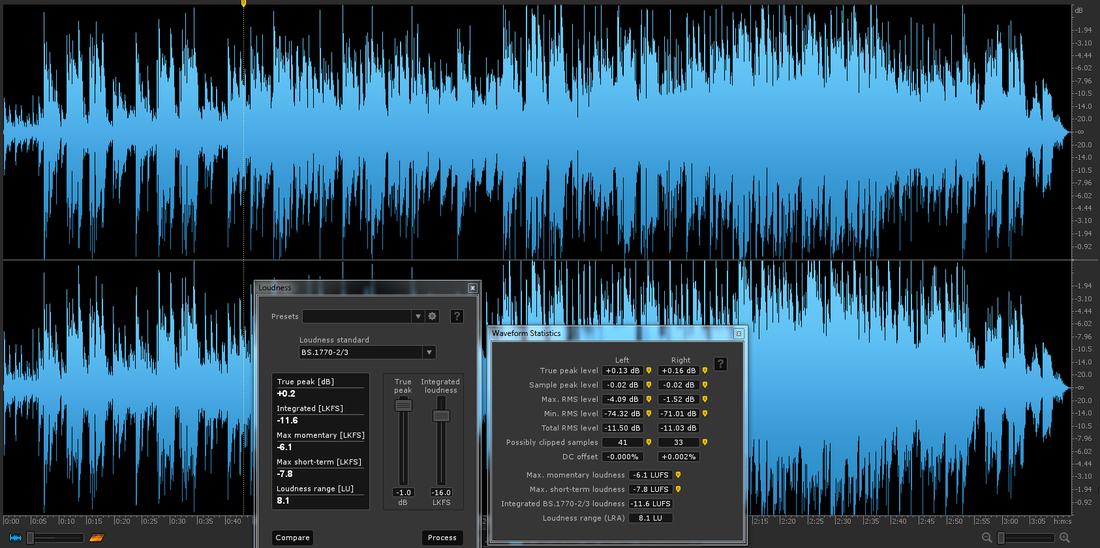
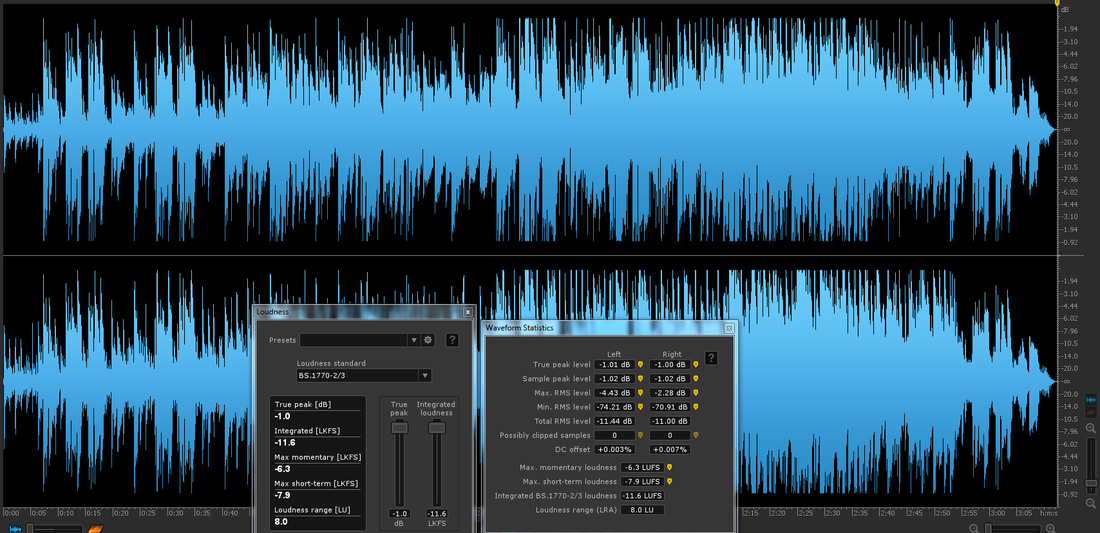
 RSS Feed
RSS Feed
